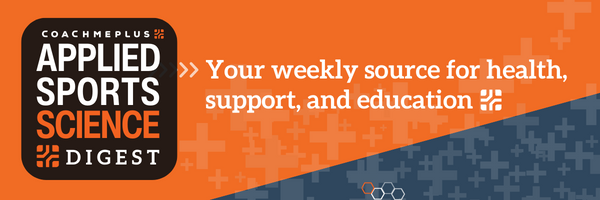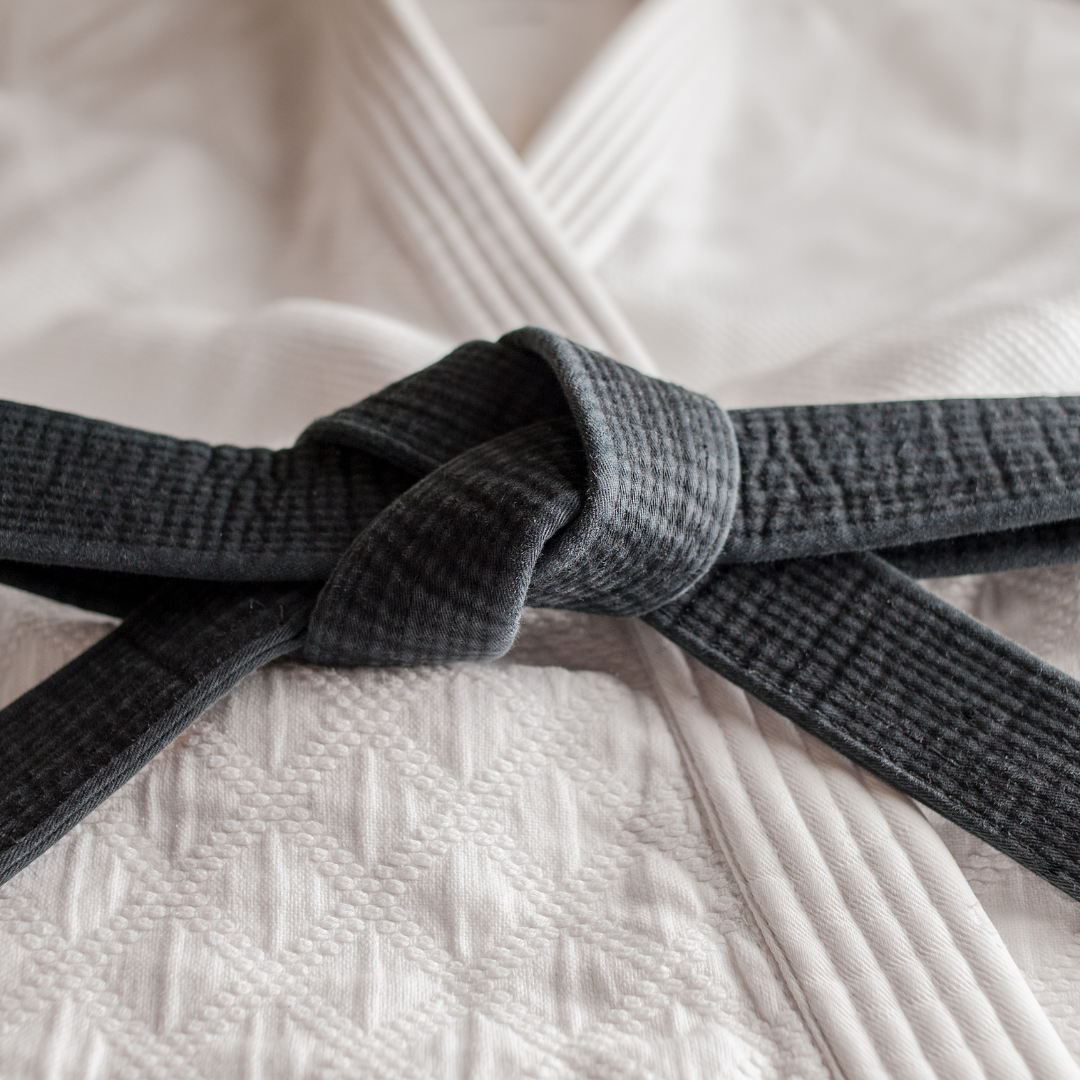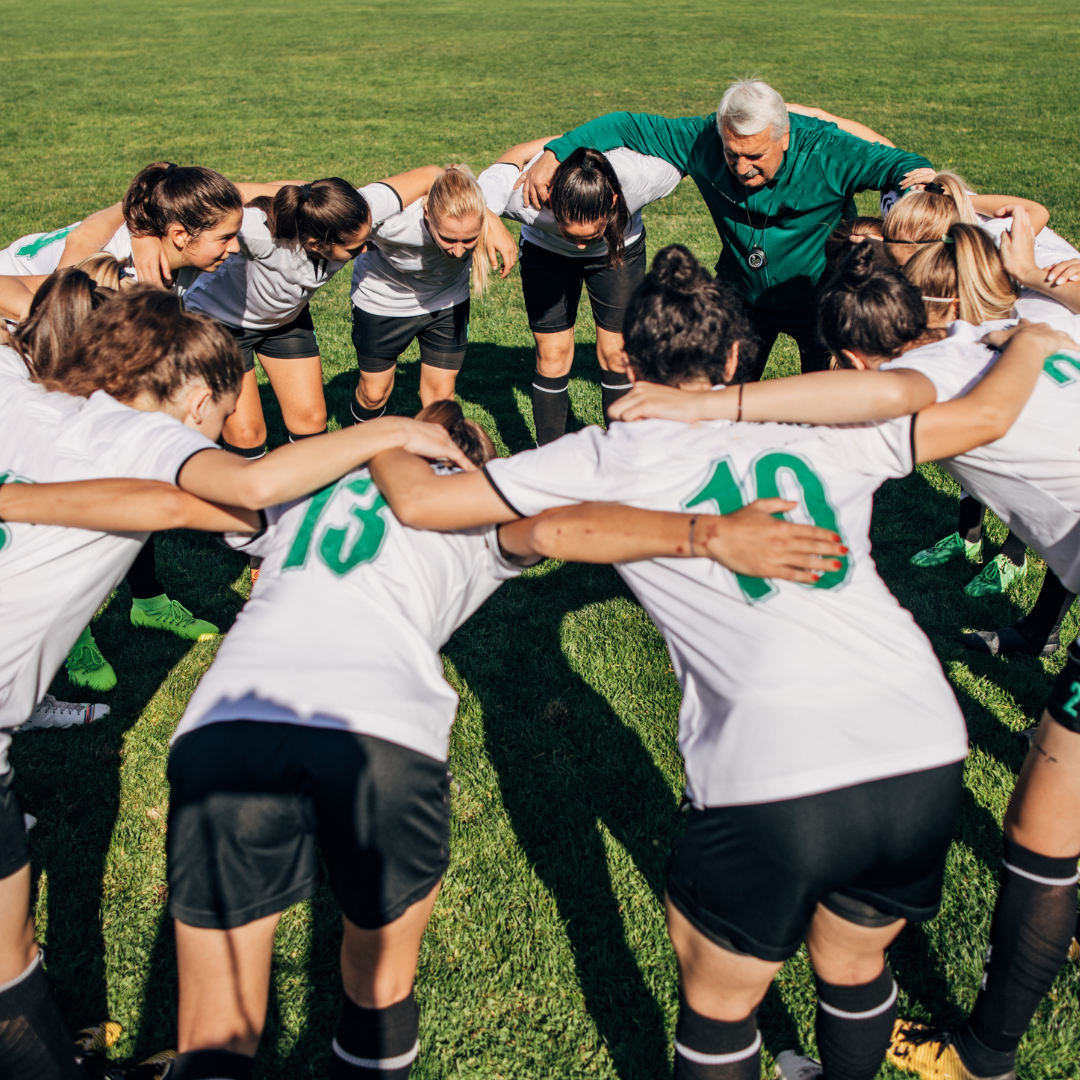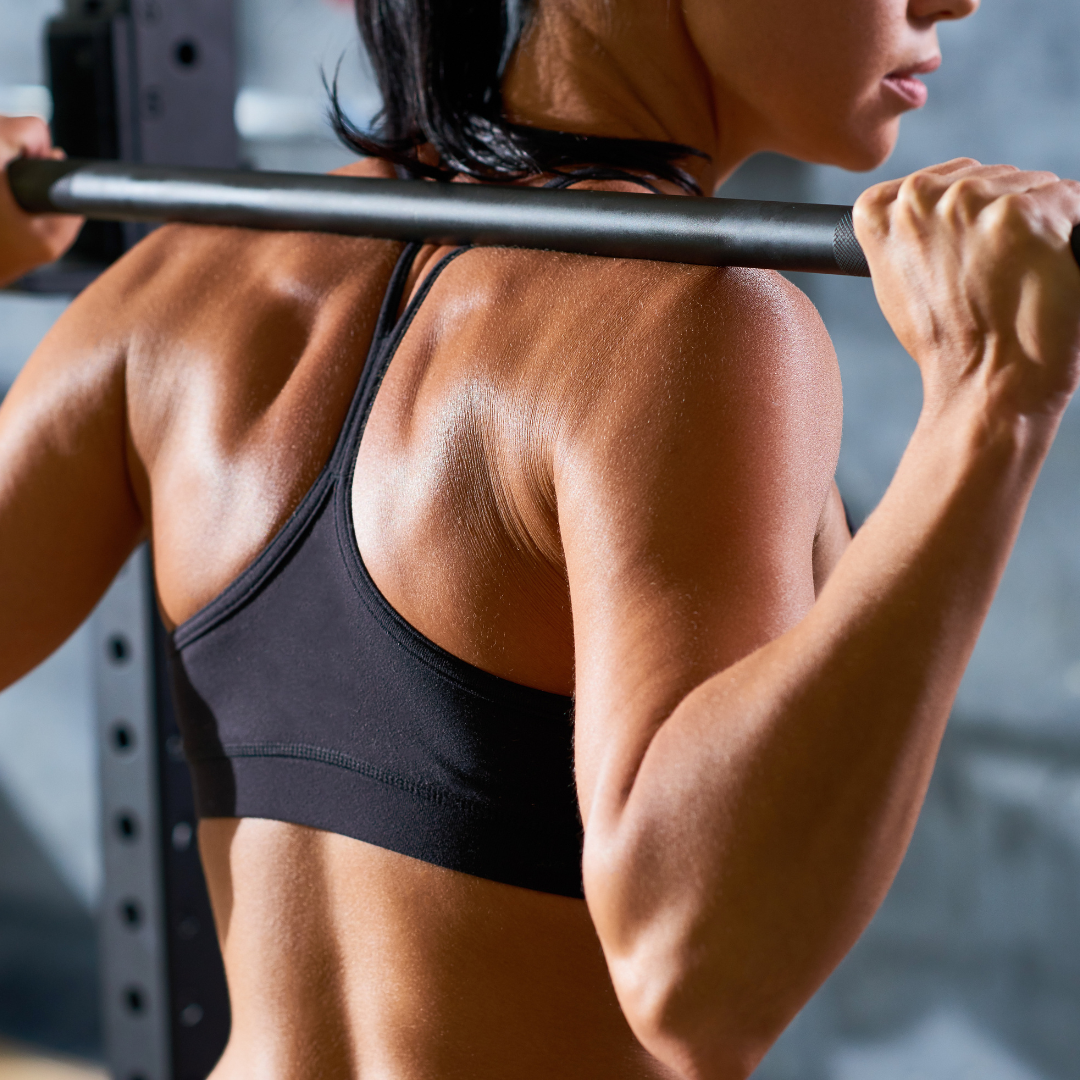Weekly Newsletter
Curated articles every weekApplied Sports Science Weekly Digest #342


Frontiers in Sports and Active Living | March 2024
In-contest body acceleration profiles for the judo male and female weight divisions
“Professionals should tailor the training regimens to accommodate these distinct profiles within the weight and gender classes.”

Frontiers in Sports and Active Living | March 2024
Physiological, anthropometric and athletic performance adaptations from completing a 1-month pre-season period. A two-year longitudinal study in female collegiate soccer players
“Performing a four-week pre-season period, involving only on-field training, can promote positive and significant adaptations in anthropometry, cardiovascular function, and athletic performance measures in female collegiate soccer players.”

Physical Therapy in Sport | March 2024
Is it time to develop specific return to running criteria for ACL rehabilitation? An international survey of physiotherapists criteria for return to running following ACL injury
“Swelling, strength, pain and single leg squat assessment were the most common responses for return to running.”

Journal of Science and Medicine in Sport | March 2024
Estimating the cost of sports injuries: a scoping review
“Estimating the cost of sports injuries is an emerging area of research, with publications increasing in recent years.”

Journal of Sport and Health Science | March 2024
Cerebral and muscle tissue oxygenation during exercise in healthy adults: A systematic review
“Muscle and cerebral oxygenation respond differently to exercise, with muscle increasing O2 utilization and cerebral tissue increasing O2 delivery during exercise.“
Newsletter History
Applied Sports Science Weekly Digest #290
Frontiers in Sports and Active Living | Mar 2023Step-adaptive sound guidance enhances locomotor-respiratory coupling in novice female runners: A proof-of-concept studyLRC guidance led to a large significant increase in frequency coupling. There was large...
Applied Sport Science Digest #289
Frontiers in Sports and Active Living | Feb 2023Thermal strain is greater in the late afternoon than morning during exercise in the gym without airflow and air conditioning on a clear summer dayThis study concludes that there is greater thermal strain...
Applied Sports Science Weekly Digest #288
What's The Latest With Applied Sports Science? Efforts toward the continuous monitoring of molecular markers of performanceElectrochemical aptamer-based sensors may be the first truly generalizable technology for monitoring specific molecules in situ in the body and...
Research Articles
Suggested articles for further readingBODY COMPOSITION
Jackson, A and Pollock, M. Generalized equations for predicting body density of men. British Journal of Nutrition. 1978;40:497-504. Abstract
Siri, W. Body composition from fluid space and density. Brozek & A. Hanschel (Eds.), Techniques for measuring body composition. 1961;223-244. Abstract
Brozek, J, Grande, F, Anderson, J, and Keys, A. Densitometric analysis of body composition: Revision of some quantitative assumptions. Annals of the New York Academy of Sciences. 1963;110:113-140. Abstract
INJURY PREVENTION IN YOUTH ATHLETES
Chu, D., A. Faigenbaum, and J. Falkel. Progressive Polymetrics for Kids. Monterey, CA: Healthy Learning. 2006
Hewett, T. G. Myer, and K. Ford. Reducing knee and anterior cruciate ligament injuries among female athletes. J Knee Surg 18:82-88. 2005.
Micheli, L. Preventing injuries in sports: What the team physician needs to know. In: F.I.M.S. Team Physician Manual, 2nd ed., K. Chan, L. Micheli, A. Smith, C. Rolf, N. Bachl, W. Frontera, and T. Alenabi, eds. Hong Kong: CD Concept. 2006. pp. 555-572.
RPE (RATING OF PERCEIVED EXERTION)
Pandolf, K, Billings, D, Drolet, L, Pimental, N, and Sawka, M. Differentiated ratings of perceived exertion and various physiological responses during prolonged upper and lower body exercise. European Journal of Applied Physiology and Occupational Physiology. 1984;53:5-11. Abstract
Baden, D, McLean, T, Tucker, R, Noakes, T, and St Clair Gibson, A. Effect of anticipation during unknown or unexpected exercise duration on rating of perceived exertion, affect, and physiological function. J Sports Med. 2005;39:742-746. Abstract
SLEEP
For a more thorough list about sleep, check out Fatigue Science’s extensive research page.
Russel, C., PhD, J.A., PhD, Arand, D., PhD, Myers, L.J., PhD, Wubbels, P., BS, and Downs, H., PhD. Validation of the Fatigue Science Readiband™ Actigraph and Associated Sleep/Wake Classification Algorithms. Archinoetics, LLC.
Globe and Mail. The Globe and Mail, 31 Dec. 2014. Web. 13 Apr. 2015. Article
Mah CD; Mah KE; Kezirian EJ; Dement WC. The effects of sleep extension on the athletic performance of collegiate basketball players. SLEEP 2011;34(7):943-950.
GPS (GLOBAL POSITIONING SYSTEM)
Varley M, Fairweather I and Aughey R. Validity and reliability of GPS for measuring instantaneous velocity during acceleration, deceleration and constant motion. Journal of Sports Sciences. 2012;30(2):121-127. Abstract
Boyd L, Ball K and Aughey R. Quantifying external load in Australian football matches and training using accelerometers. I J Sports Phys and Perf. 2013;8(1):44-51. Abstract
Gabbett T. Quantifying the physical demands of collision sports; does microsensor technology measure what it claims to measure? J Strength and Conditioning Research. 2013;27(8):2319-2322. Abstract
HYDRATION
For a thorough list of publications about hydration, visit the Gatorade Sports Science Institute Publications page.
Osterberg, K, Horswill, C, and Baker, L. Pregame urine specific gravity and fluid intake by National Basketball Association players during competition. Journal of Athletic Training – J ATHL TRAINING. 2009 01-02;44(1):53-7. Abstract
Godek, S, Peduzzi, C, Burkholder, R, Condon, S, Dorshimer, G, and Bartolozzi, A. Sweat rates, sweat sodium concentrations, and sodium losses in 3 groups of professional football players. Journal of Athletic Training. 2010 Jul-Aug; 45(4): 364–371. Abstract
WELLNESS QUESTIONNAIRE
Hooper, S, Mackinnon, L. Monitoring overtraining in athletes: recommendations. Sports Med. 1995;20(5):321–327.
McLean, B, Coutts, A, Kelly, V, McGuigan, M, and Cormack, S. Neuromuscular, endocrine, and perceptual fatigue responses during different length between-match microcycles in professional rugby league players. International Journal of Sports Physiology and Performance. 2010;5:367-383. Abstract
HRV (HEART RATE VARIABILITY)
Holman, A and Ng, E. Heart rate variability predicts anti-tumor necrosis factor therapy response for inflammatory arthritis. Auton Neurosci. 2008;143:58-67. Abstract
Fomin, R and Nasedkin, V. Effective management of athlete preparation: a comprehensive approach to monitoring of athlete’s individual readiness. White paper, Omegawave, ePub. 2013.
FORCE PLATE
Linthorne, N. Analysis of standing vertical jumps using a force platform. American Journal of Physics. 2001. Abstract
Guillaume L, Wagner P, and Tombleson T. Countermovement jump height: gender and sport-specific differences in the force-time variables. Journal of Strength and Conditioning Research. 2013. Abstract
ithlete. Guide to training with heart rate variability (HRV). HRV Fit Ltd. 2012. Download
